How to prune birch trees – arborists reveal 5 golden rules to follow and 3 things you should never do
Aggressive pruning can be fatal to birch trees – here is how to avoid it
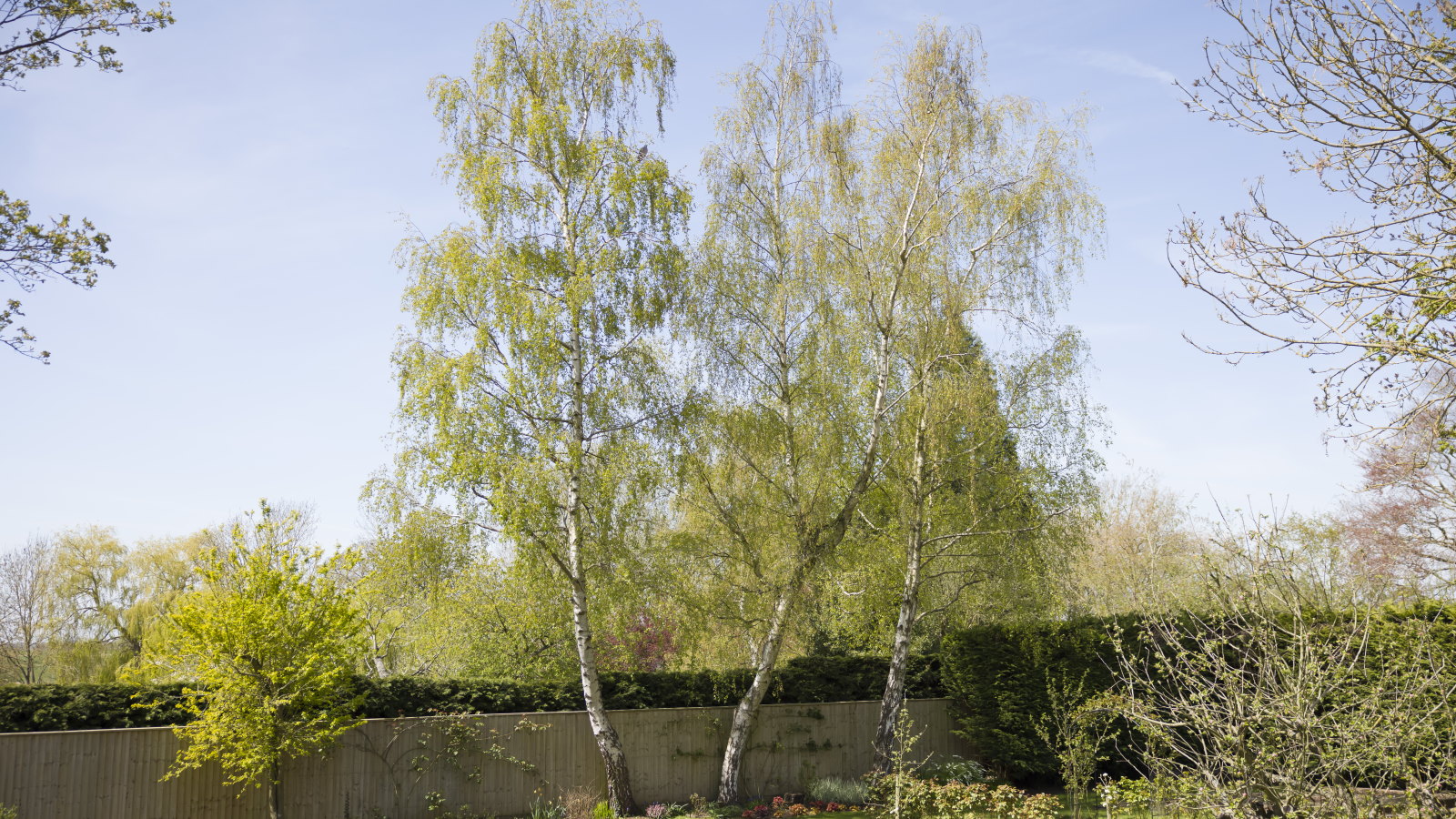

Pruning birch trees is essential to keeping them healthy and looking at their finest. The importance of understanding how to prune a birch tree properly cannot be overstated, especially as bad trimming can have catastrophic effects.
Scott Seargeant, a consulting arborist and owner of Seargeant Landscape & Arboriculture, warns how dangerous improper pruning is for birch trees. He claims: ‘A large percentage of their untimely death has to do with mis-pruning. Birch trees get borer insects and several diseases, all of which can be exacerbated by mis-pruning and over-pruning.’
Given that stark warning, here are five expert-recommended rules to keep trees healthy and three tree pruning mistakes that can jeopardize the health of a birch tree and must be avoided.
How to prune birch trees - 5 rules to follow
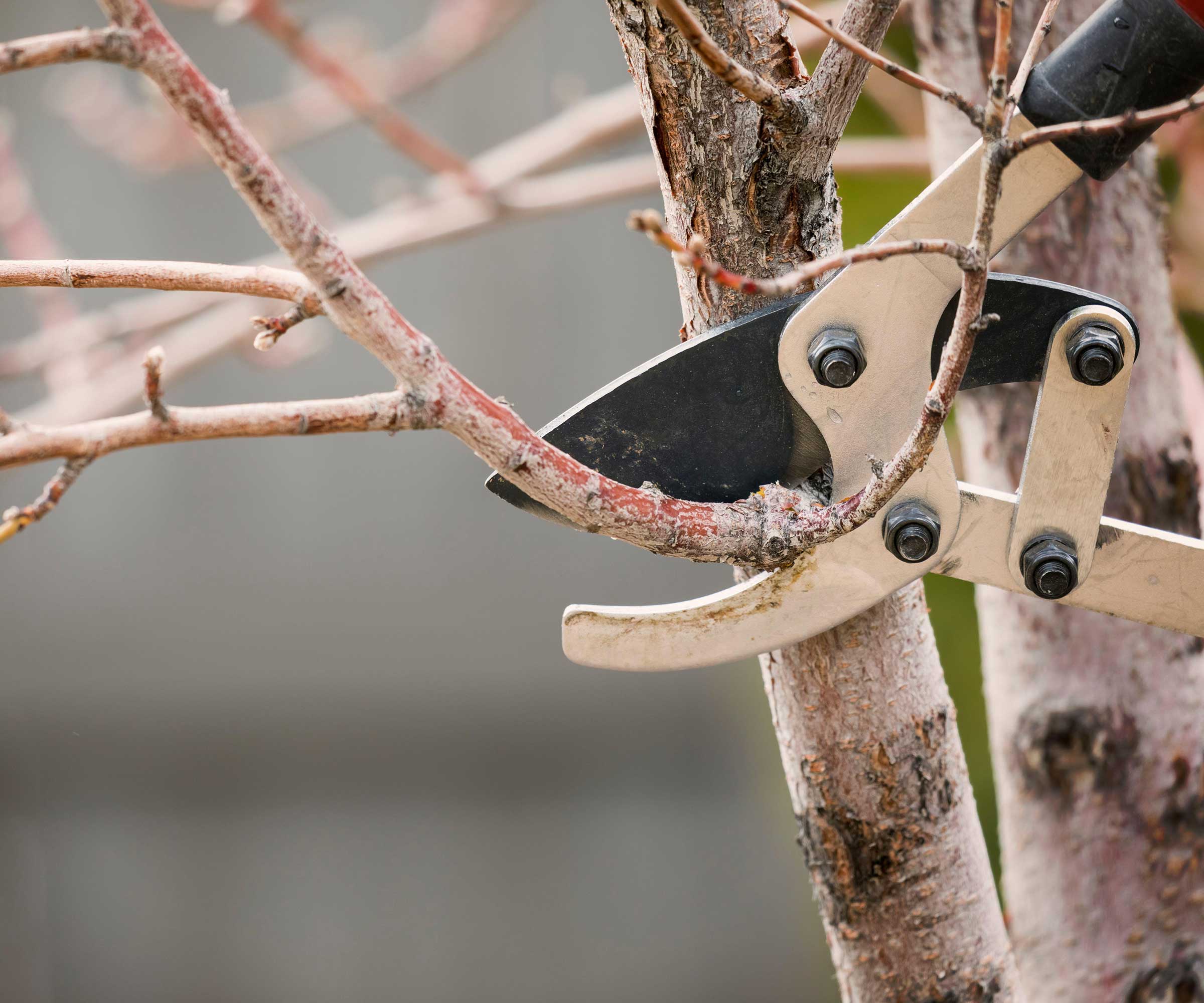
- Prune at the right time - Picking when to prune a birch tree is key. If done correctly, the tree will recover perfectly from the pruning and live a long and happy life. However, if done incorrectly, the tree can be stressed and highly vulnerable to infections and pests, most notably the bronze birch borer. The time to prune is late winter, around a month before the buds swell, or in the late summer - never prune birch trees in spring.
- Use clean and sharp tools - Any tree pruning must be done with clean and sharp pruning tools. The typical garden tools for trimming birch trees will include pruning shears, loppers, a pole pruner, and a pruning saw. Make sure that any tools are sharp, it not only makes pruning easier but means clean cuts easier for the tree to heal. And make sure the tools are clean, as sterilized tools avoid transferring diseases around the garden.
- Start with the 3D’s - The starting point with pruning birch trees is identifying dead, diseased, and damaged branches and completely removing them. Removing these 3D’s preserves the tree’s health and helps with light penetration and air circulation into the canopy. Next, remove any crossing branches that may rub and create entry points for diseases, as well as branches growing upward other than the leading stems.
- Prune for safety - Scott Seargeant recommends looking for branches ‘in the way of pedestrians, cars or blocking line of sight’ and removing them for safety reasons. These should ideally be removed when they are young to reduce the impact of pruning. Scott advises only pruning ‘small diameter branches’ so pruning cuts are quick and easy to heal. ‘I do not like pruning any living, structurally sound branch more than one inch in diameter,’ he says, advocating focusing on removing dead branches and just small, alive wayward branches as required.
- Consider every cut - Mason Hanrahan, a certified arborist and president at Tim-O-Tree, claims ‘the most important element of the pruning process is branch selection’. He advocates for asking why you are potentially cutting any branches to make sensible decisions, this includes prioritizing cuts for structural integrity over ‘cutting a branch because you don’t like how it looks’. Scott Seargeant claims that ‘usually, there is no strong reason to prune anything else’ after removing dead, diseased, damaged, and crossing branches and any blocking lines of sight. ‘However, if there is a strong compelling reason(s) then prune them last,’ he adds.

Scott Seargeant is an award-winning international consulting arborist and owns a full-service landscape installation company. His expertise lies in diagnosing tree conditions, providing treatment, and recommendations, selecting appropriate trees for planting, and offering guidance on post-planting tree care
How to prune birch trees - 3 mistakes to avoid
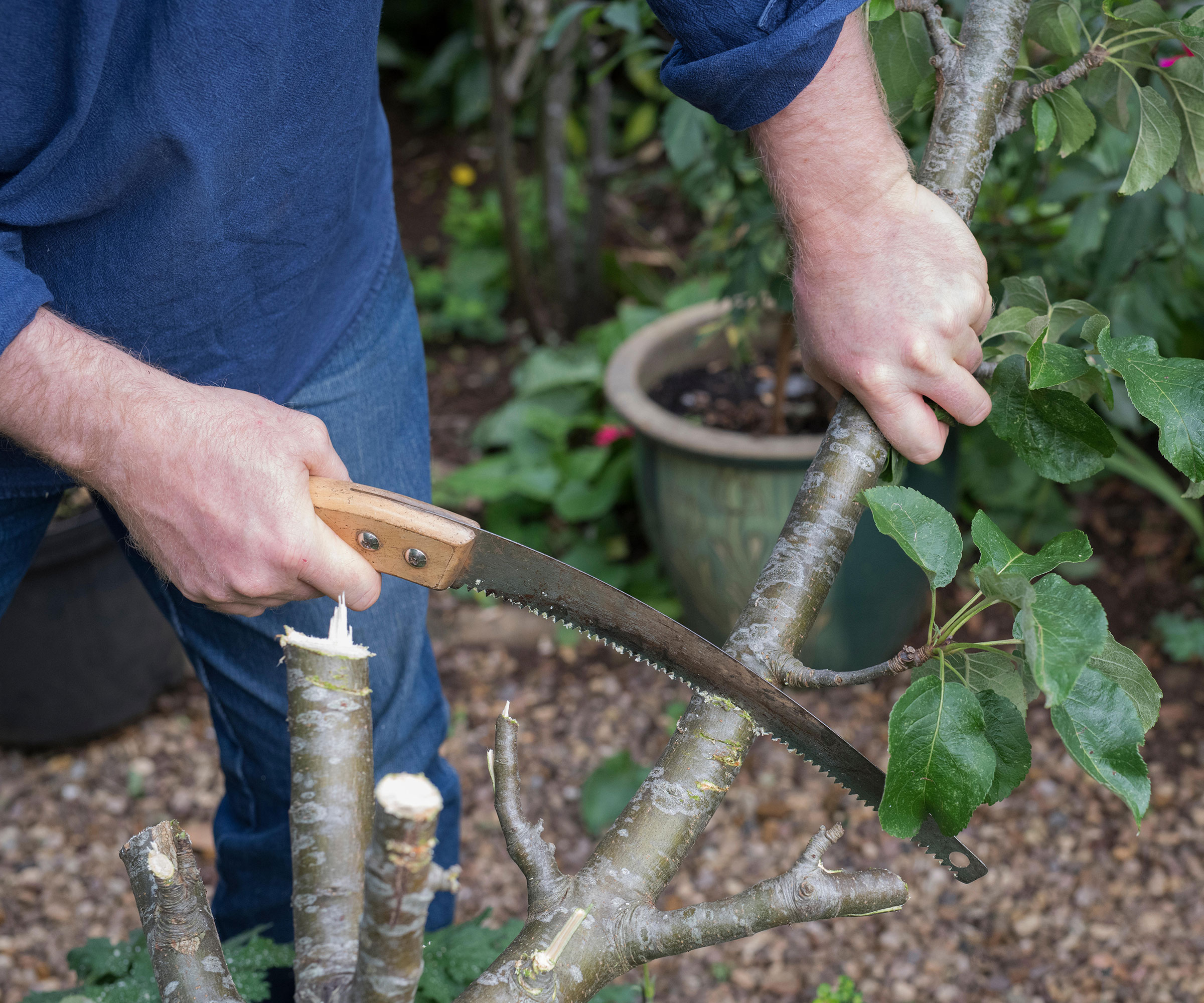
- Heavy pruning - It is a pruning mistake to be aggressive when pruning birch trees. A key part of understanding how to prune birch trees is to be conservative and measured with every cut. The US Forest Service warns of some potential dangers of over-pruning birch trees. It says: ‘Excessive pruning (greater than 25% of the live canopy) should always be avoided. Heavy pruning increases light penetration to the root zone and can increase soil temperatures and reduce soil moisture levels.’ Removing more than 25% will weaken the tree and even be fatal. It means you always want to be selective when pruning.
- Topping the tree - Scott Seargeant warns to ‘never top’ birch trees. Tree topping is cutting the top of a tree if you feel it is getting too large. However, it can affect the look and health of a birch tree. ‘Topping birch trees destroys their natural character, vigor, and causes them to produce epicormic shoots from their trunks and basal areas,’ claims Scott. Topping trees also create large wounds in the main trunk that are vulnerable to pests and diseases. It will also cause dieback that leaves birch trees more prone to storm damage.
- Making improper pruning cuts - Whatever reason you prune tree branches, removing them properly and safely is paramount. Mason Hanrahan warns: ‘When cutting birch trees, it is important to ensure you are not leaving tearing or stubs.’ Remove larger branches in sections to avoid bark tearing or splitting and creating a large, open wound at risk of infection. To prune tree branches, make a small cut on the underside a few inches away from where the branch meets the trunk. Then cut from the top a few more inches up the branch to break it off, before removing the remainder at the branch collar.

Mason Hanrahan is an ISA-Certified Arborist (ON2491-A) and Qualified Tree Risk Assessor. He practices arboriculture in Ottawa, Canada, focusing primarily on tree removal and tree risk mitigation. Mason has been running Tim-O-Tree since 2018 and loves sharing knowledge and educating the public about trees.
Shop tree pruning tools
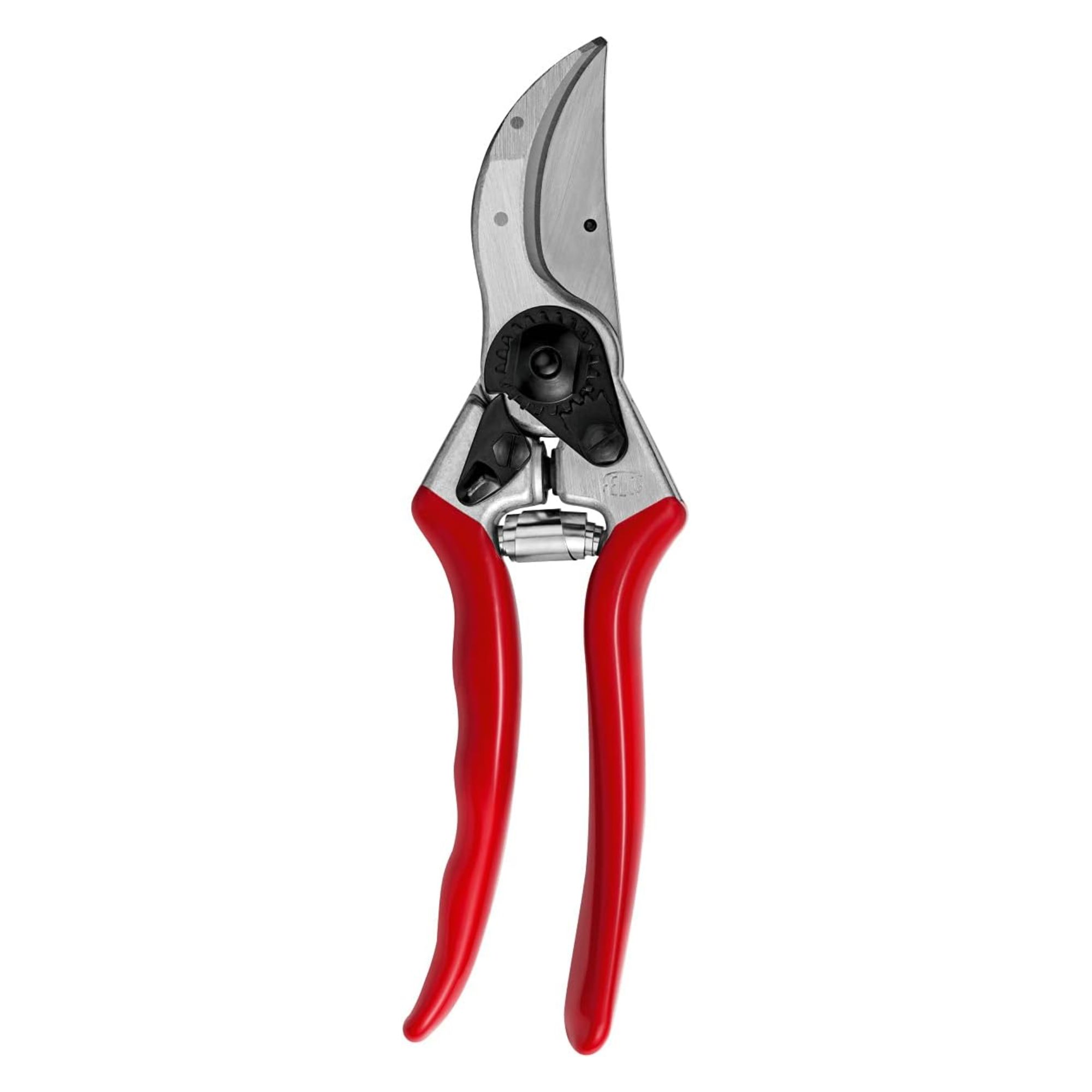
Felco No. 2 pruners are comfortable, hard-wearing, and razor-sharp tools ideal for pruning smaller tree branches. They are often regarded as one of the best pruners on the market.
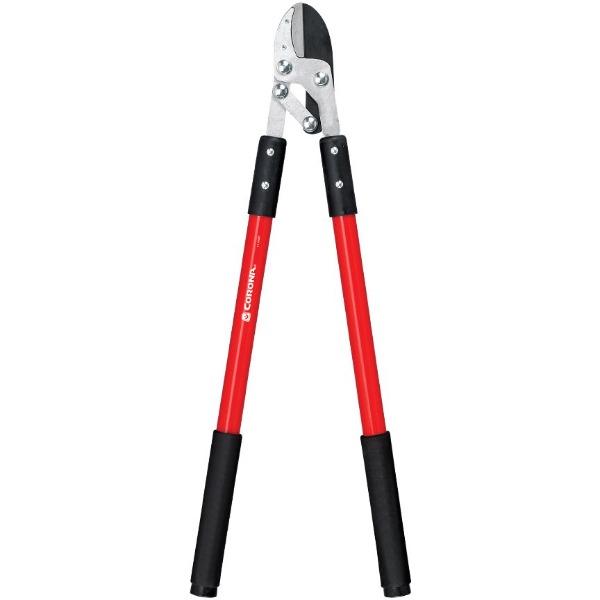
A pair of extendable loppers with high-carbon steel bypass blades that can cut branches up to 1 1/2 inches in diameter. A useful tool to reach difficult areas or overhead branches when pruning trees.
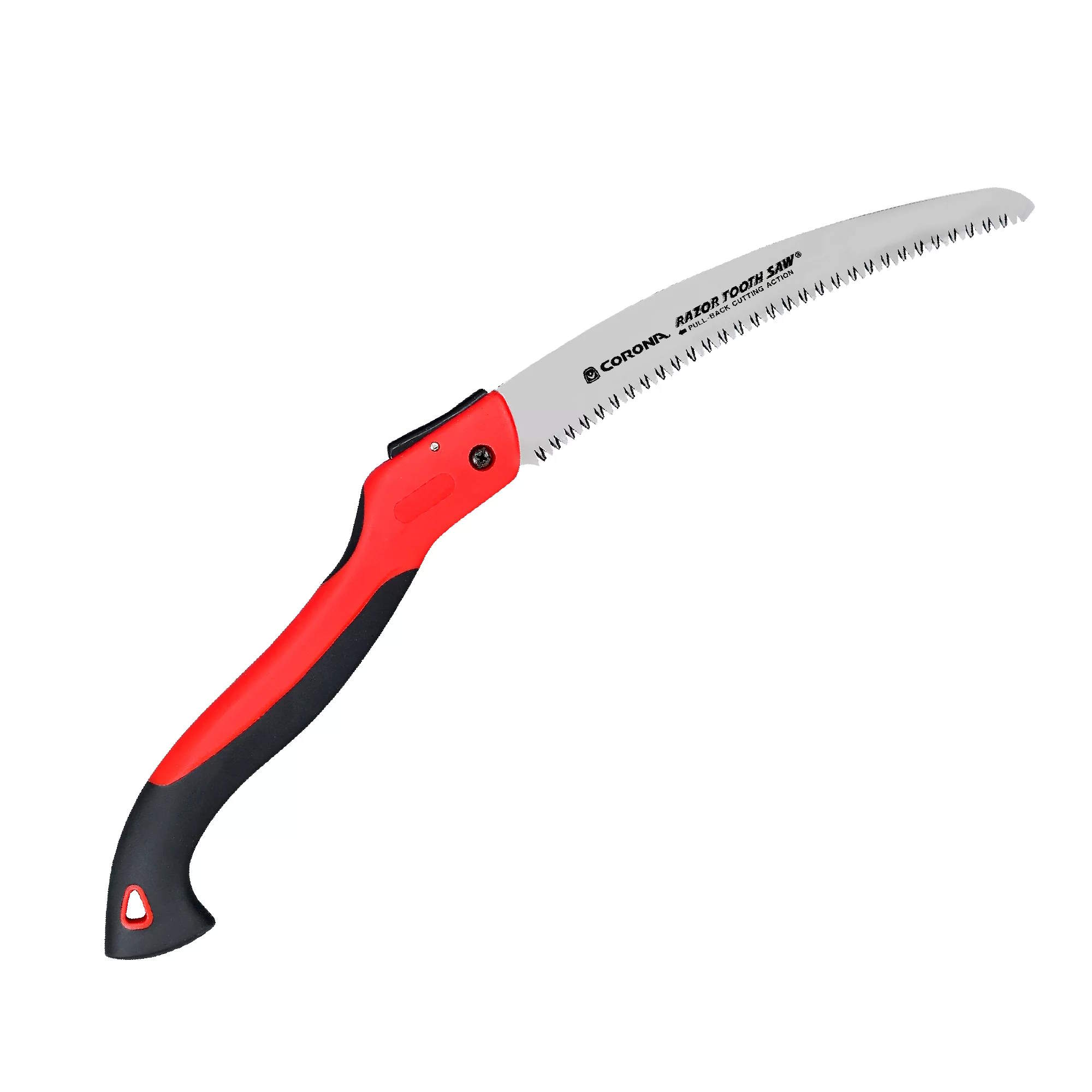
A foldable pruning saw with a choice of a 7", 8", 10" or 14" blade. It features three-sided hardened razor teeth to guarantee a long life of pruning tree branches.
FAQs
How do you reduce the height of a birch tree?
Rather than topping the tree to control the size, it is best practice to do crown reduction, also known as drop-crotch cutting, to reduce the height while keeping the shape and beauty of a birch tree. It is recommended to get professionals to reduce the height safely to ensure the continued health of the tree.
Birches can be great trees for privacy and allow you to enjoy the bark as part of a beautiful screen. However, how you use birch trees will depend on the size and design of a space. There is a huge variety of birch trees of different sizes and characteristics, so always pick a type that fits your particular space. Thankfully, the options include dwarf birch trees suitable even for small backyard ideas.
Sign up to the Homes & Gardens newsletter
Design expertise in your inbox – from inspiring decorating ideas and beautiful celebrity homes to practical gardening advice and shopping round-ups.

Drew’s passion for gardening started with growing vegetables and salad in raised beds in a small urban terrace garden. He has worked as a professional gardener in historic gardens and specialises in growing vegetables, fruit, herbs, and cut flowers as a kitchen gardener. That passion for growing extends to being an allotmenteer, garden blogger, and producing how-to gardening guides for websites. Drew was shortlisted for the New Talent of the Year award at the 2023 Garden Media Guild Awards.
You must confirm your public display name before commenting
Please logout and then login again, you will then be prompted to enter your display name.
-
 'Big results before you know it' – Experts urge you to use the ‘Take Away 10’ method for simple decluttering with zero decision fatigue
'Big results before you know it' – Experts urge you to use the ‘Take Away 10’ method for simple decluttering with zero decision fatigueIt can cut hundreds of items from your home in just a few weeks
By Ottilie Blackhall
-
 Kevin Bacon and Kyra Sedgwick's rustic kitchen island is stunning, but controversial – designers say you can get the look without the hassle
Kevin Bacon and Kyra Sedgwick's rustic kitchen island is stunning, but controversial – designers say you can get the look without the hassleA popular material finds an unorthodox home in the couple's kitchen, but experts disagree on whether it should be used – here's how to do it instead
By Sophie Edwards
-
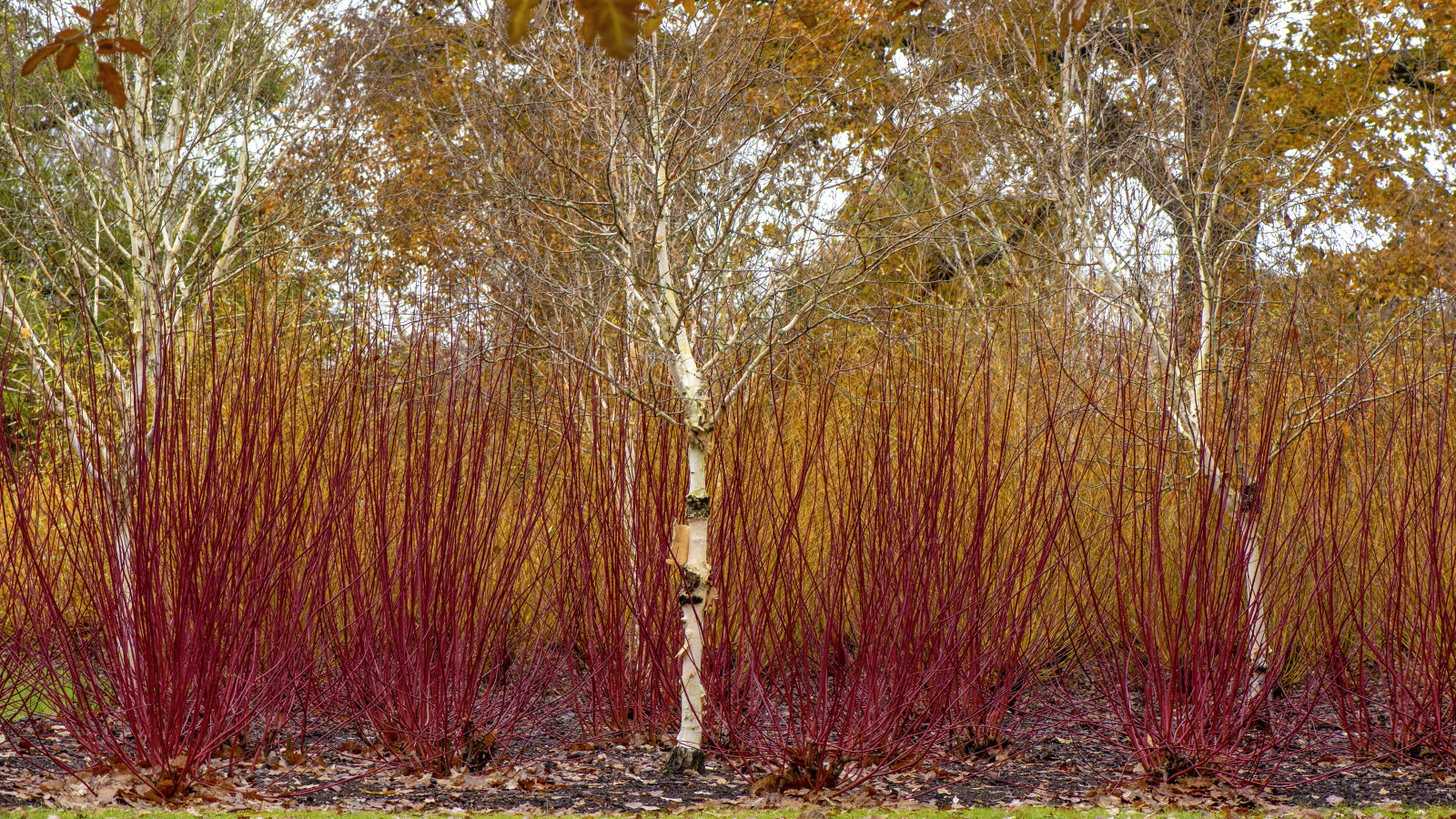 How to coppice trees and shrubs – and the 5 species that will benefit from this historical and super simple pruning technique
How to coppice trees and shrubs – and the 5 species that will benefit from this historical and super simple pruning techniqueCoppicing has aesthetic and practical benefits in a garden
By Drew Swainston
-
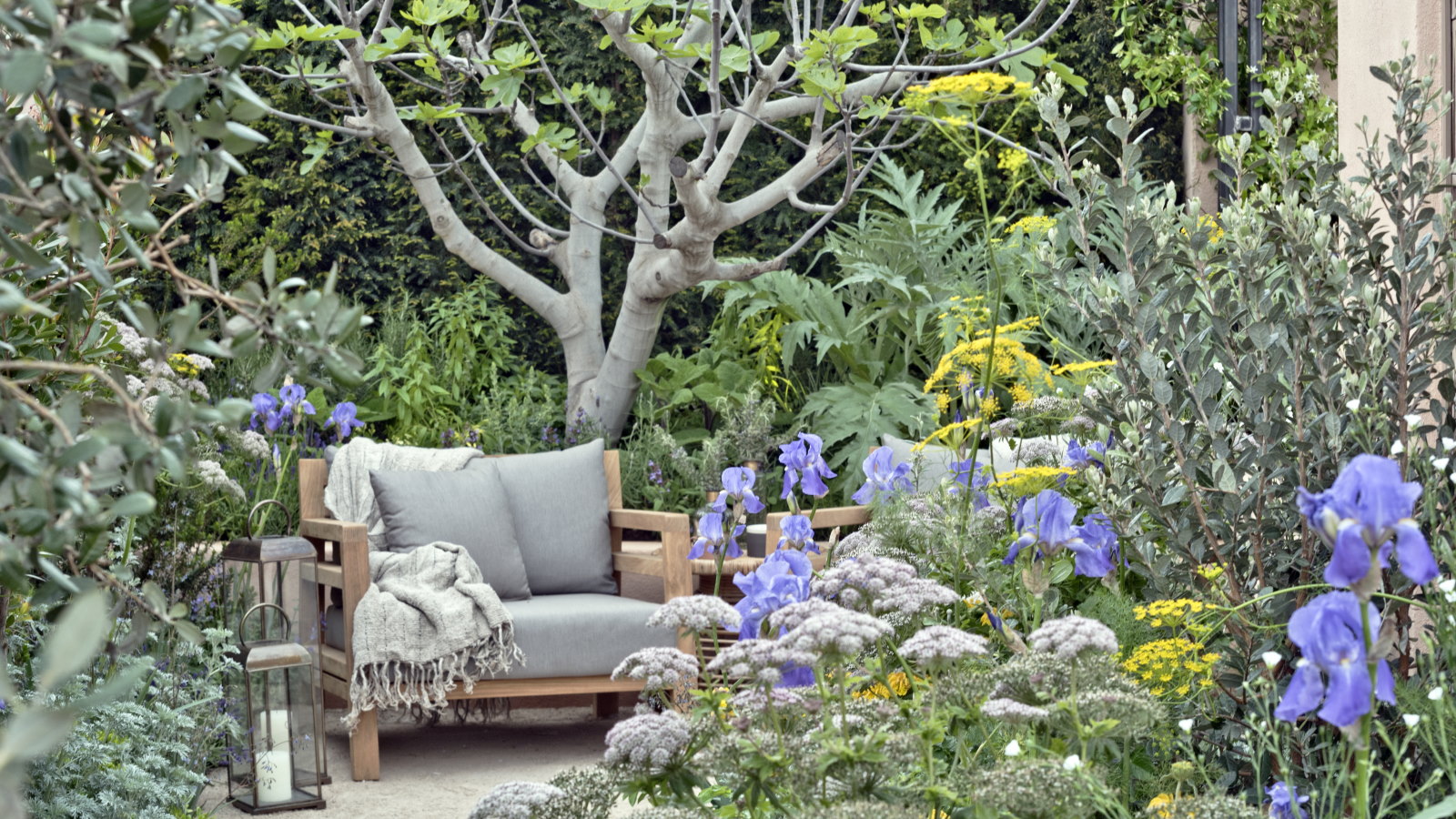 Horticulturists urge you to prune these 7 plants in April – for healthy growth and better-than-ever flowering displays
Horticulturists urge you to prune these 7 plants in April – for healthy growth and better-than-ever flowering displaysDiscover a key selection of plants to cut back this month, with expert pruning advice
By Drew Swainston
-
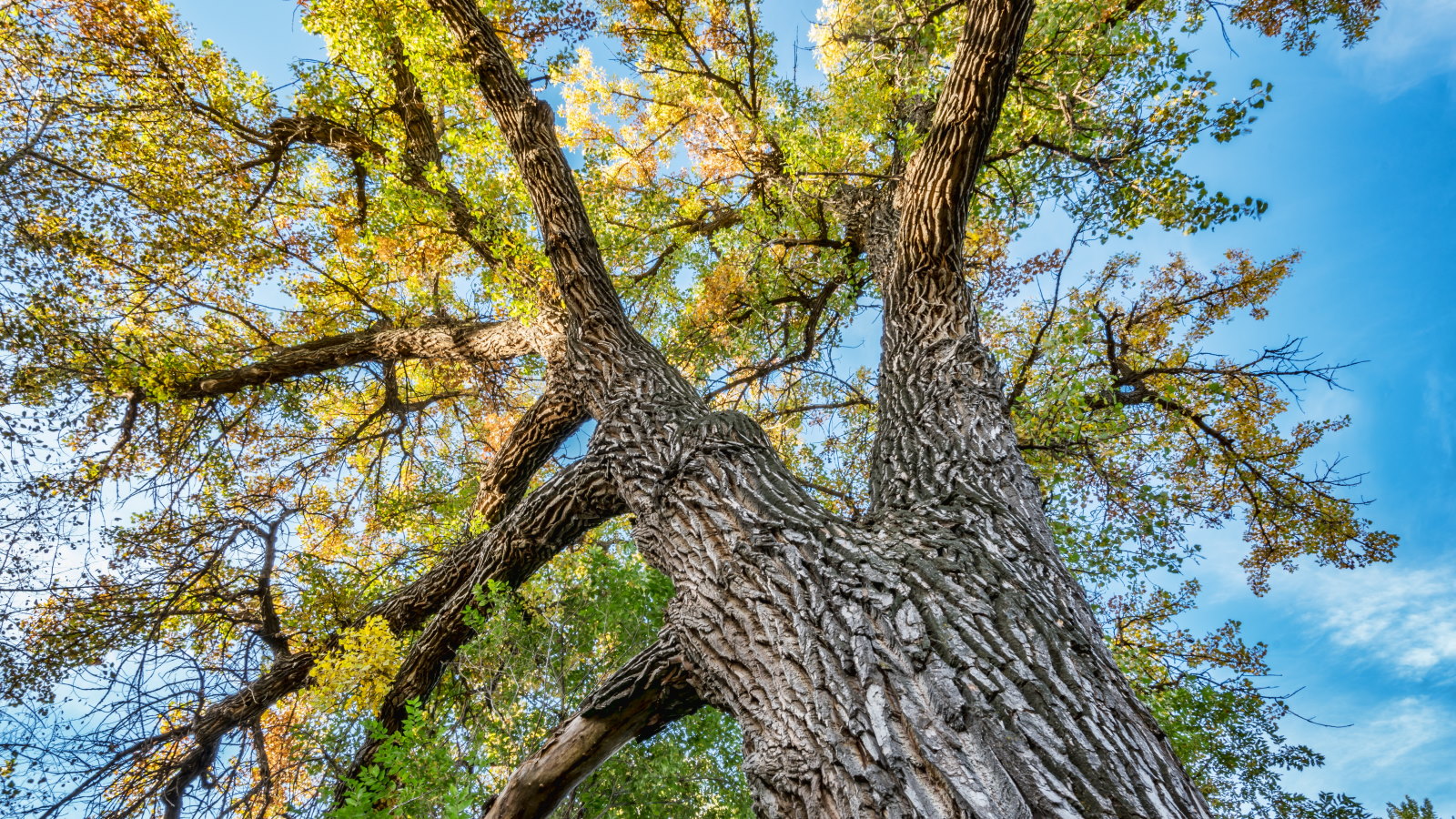 Safety is the number one reason to prune a cottonwood tree – an arborist reveals the best trimming routine to follow
Safety is the number one reason to prune a cottonwood tree – an arborist reveals the best trimming routine to followWhen and how to prune young and established cottonwoods
By Drew Swainston
-
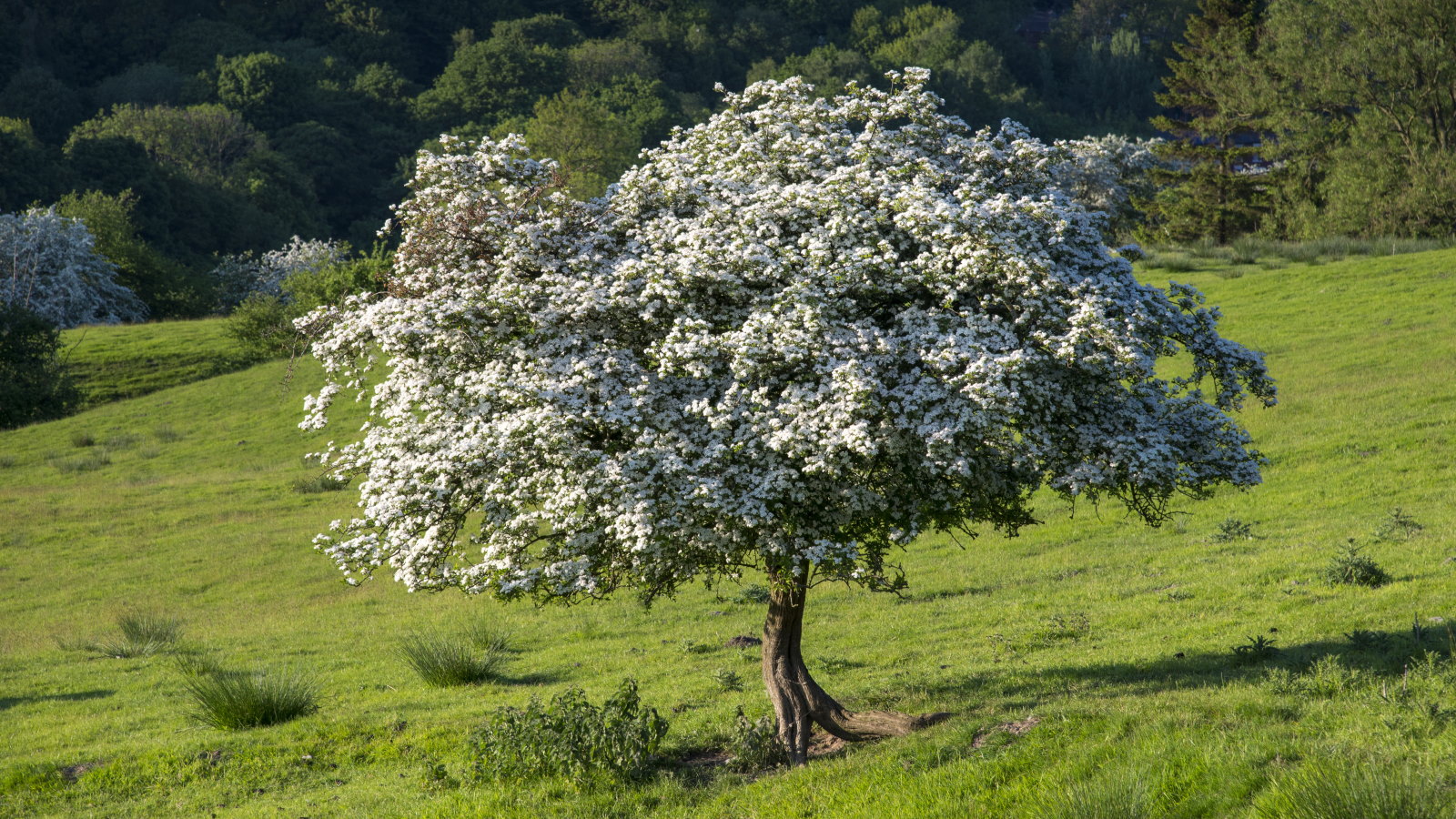 Now is the time to prune hawthorn trees to keep them healthy and attractive – 5 expert-recommended steps to follow for proper trimming
Now is the time to prune hawthorn trees to keep them healthy and attractive – 5 expert-recommended steps to follow for proper trimmingAvoid unnecessarily stressing your trees by pruning at the right time and not getting carried away
By Drew Swainston
-
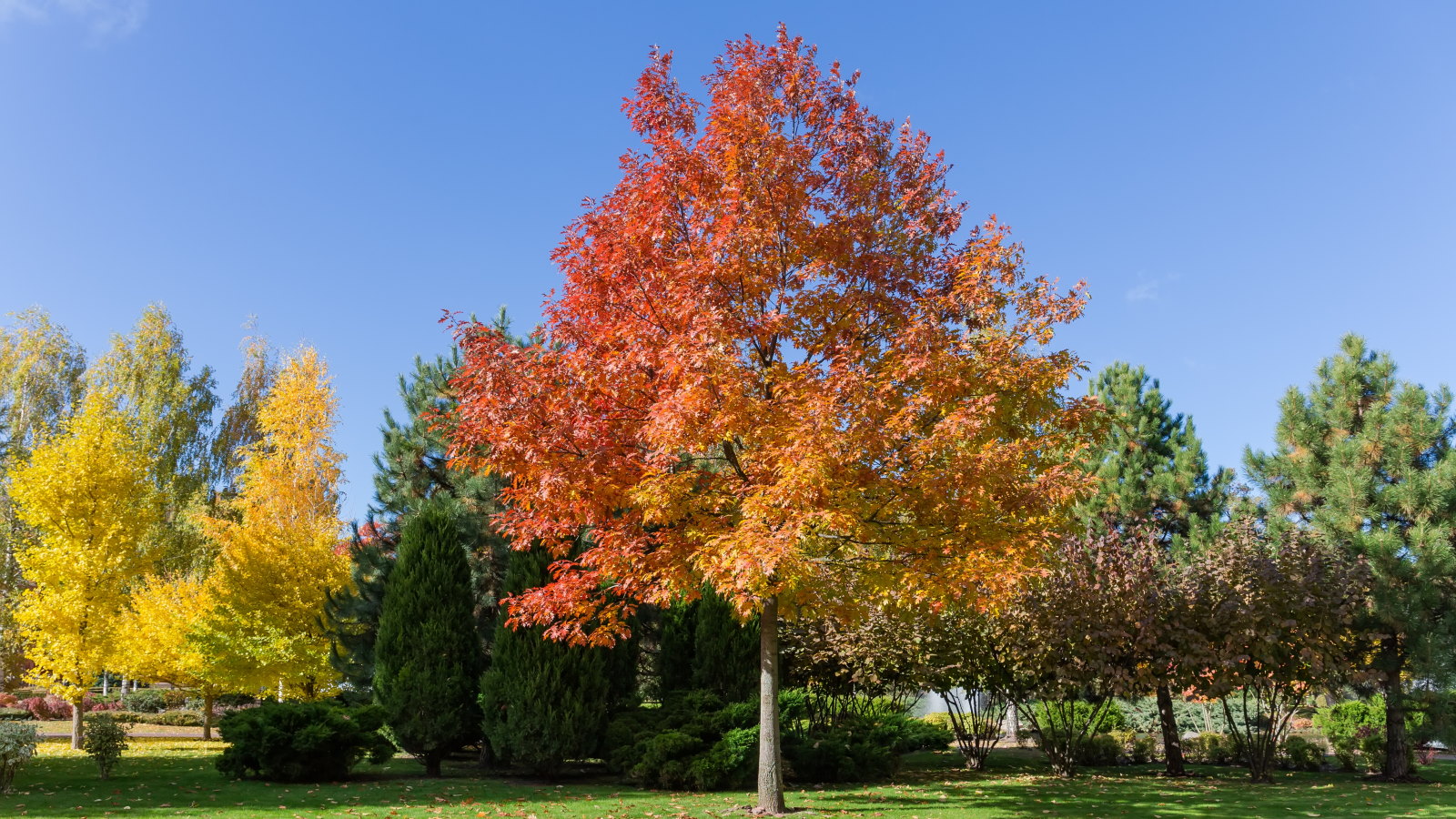 This is your last chance to prune oak trees to avoid a potentially fatal disease that can kill trees within months, arborists reveal
This is your last chance to prune oak trees to avoid a potentially fatal disease that can kill trees within months, arborists revealStay safe and discover what you can prune at different times of the year
By Drew Swainston
-
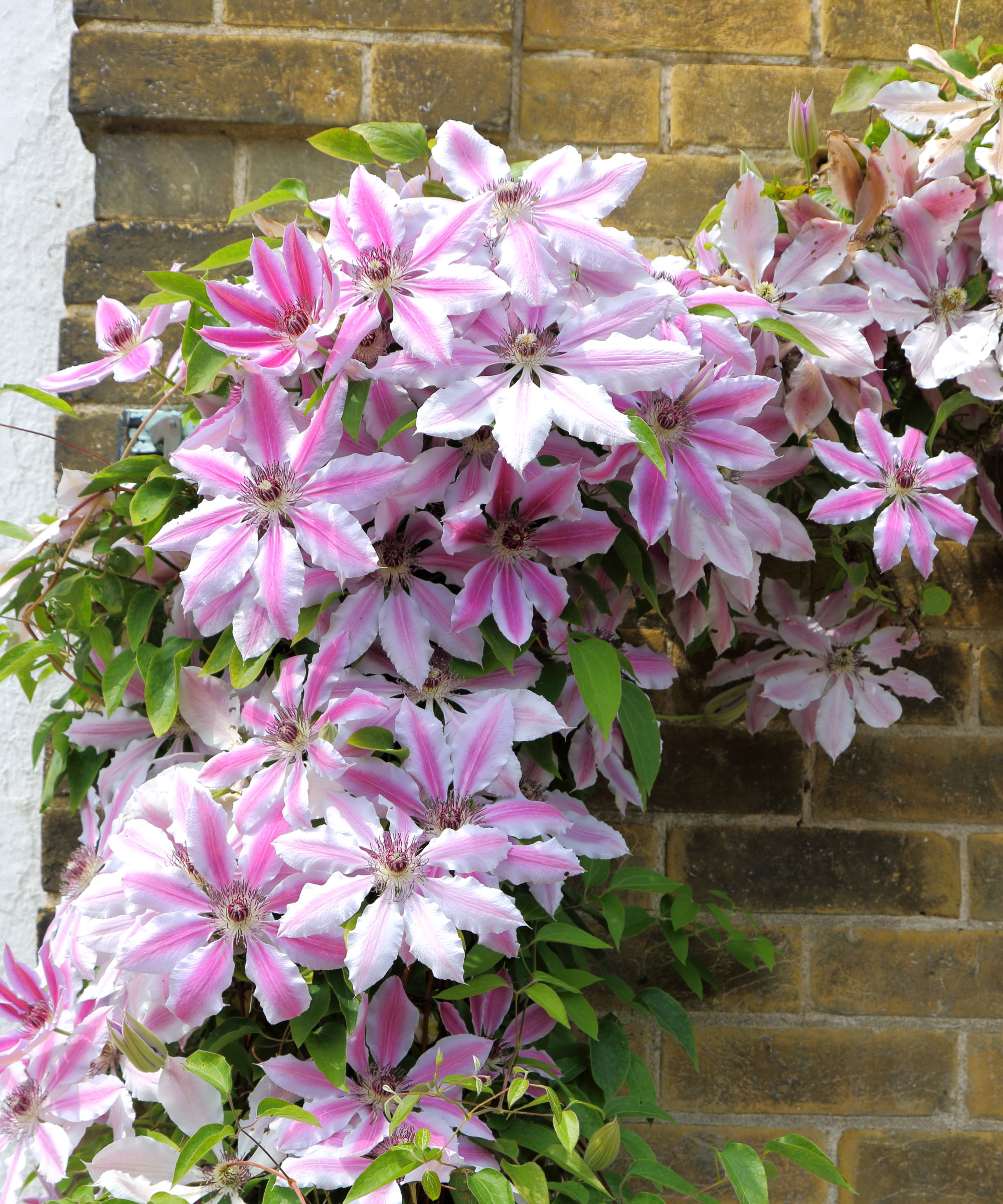 Expert horticulturists reveal 5 clematis pruning mistakes to avoid if you want spectacular floral displays
Expert horticulturists reveal 5 clematis pruning mistakes to avoid if you want spectacular floral displaysWhy you need to prune at the right time and not remove too much or too little
By Drew Swainston
-
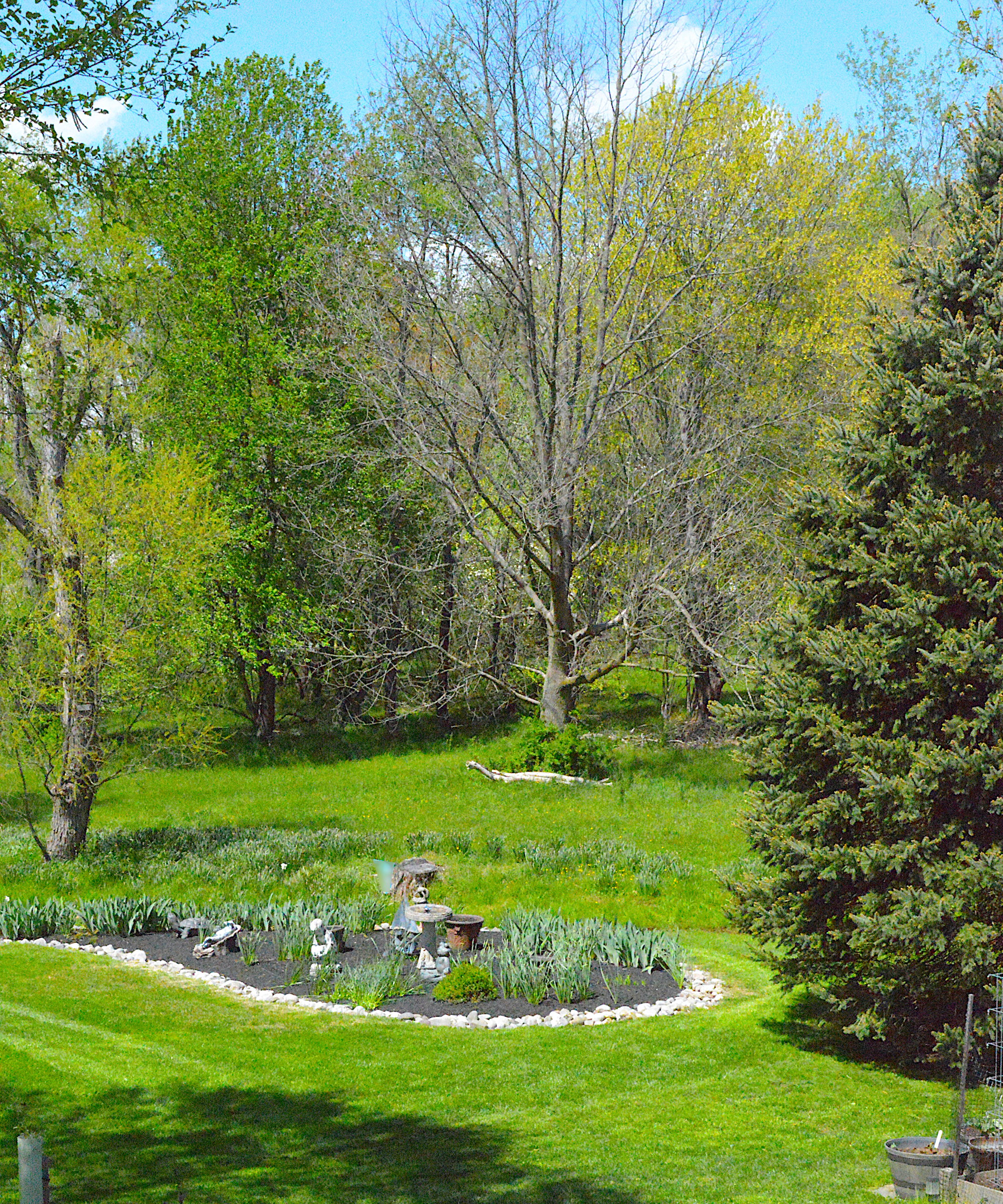 There's still time to prune deciduous trees this month – expert trimming advice for 9 of the most popular backyard trees
There's still time to prune deciduous trees this month – expert trimming advice for 9 of the most popular backyard treesThese trees will benefit from pruning in February with our handy guide
By Drew Swainston
-
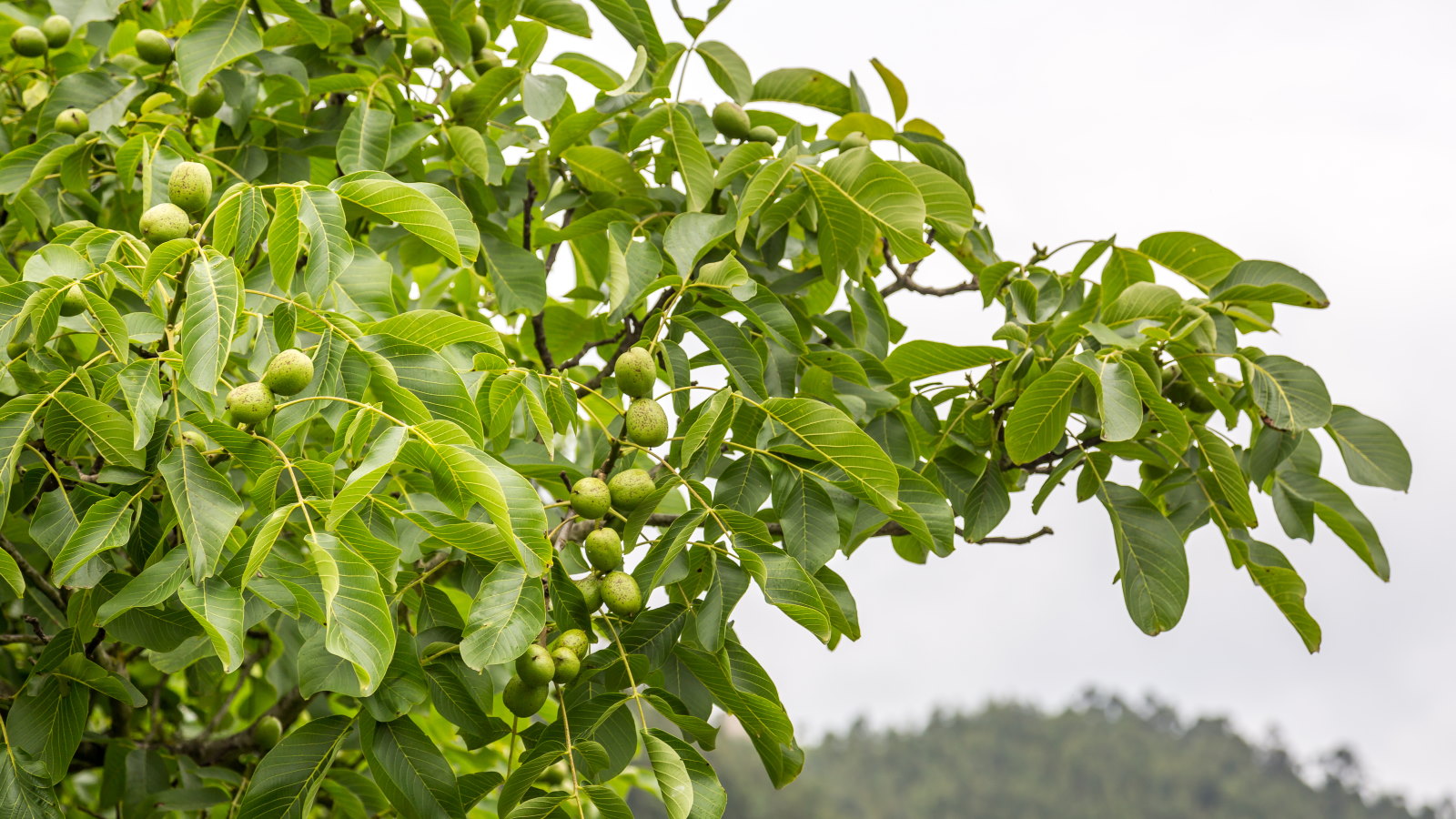 An arborist reveals the most forgiving time to prune a walnut tree – and the steps you need to know for safe pruning
An arborist reveals the most forgiving time to prune a walnut tree – and the steps you need to know for safe pruningDiscover when to prune a walnut tree with these expert-recommended tips
By Drew Swainston